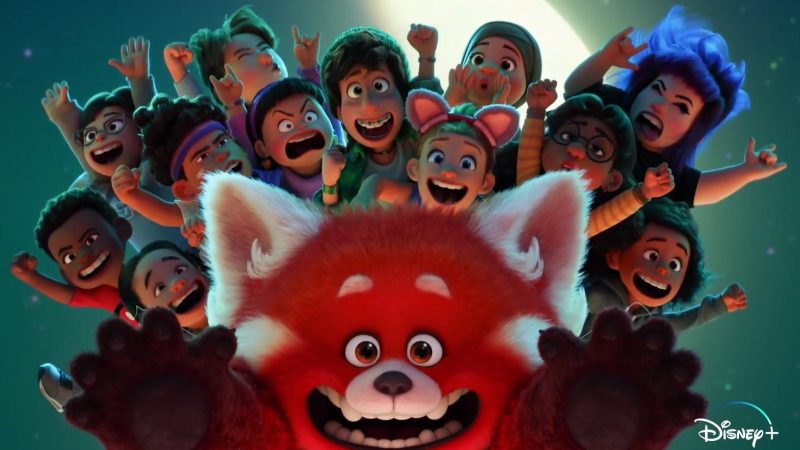For the third movie in a row, Pixar’s latest original film Turning Red has bypassed cinemas and been sent straight to Disney+. While it’s disappointing that yet another Pixar project is missing out on the prestige of a theatrical run, this move has allowed more people to see the movie more quickly, and a few discussion points on it have popped up on social media since its release.
One complaint that has popped up a lot on the internet is that the film isn’t “relatable” enough to be enjoyed by a wide audience compared to other Pixar movies. This is especially strange considering Turning Red is one of only a handful of Pixar films to feature humans as the main characters and — apart from the giant red panda of it all — most of the situations the characters find themselves in are ones that could conceivably happen in everyday life. So, this complaint of not being relatable doesn’t pan out at all when put under the microscope.
While a lot of Pixar movies feature non-human characters, the majority of their protagonists are male, with plots often revolving around their relationships with other male characters. Think Woody and Buzz Lightyear’s rivalry-turned-friendship in the Toy Story franchise, Remy helping Linguini find love in Ratatouille, and the father-son dynamic between Marlin and Nemo in Finding Nemo. It’s the latter that actually highlights the issue with these comments about Turning Red because at its core the movie is about a mother-daughter relationship, the female equivalent of the father-son bond. Both are about children and parents dealing with conflict and ultimately strengthening their relationship, but only one is receiving comments about a supposed lack of relatability.
People of color and non-male audience members have been conditioned in a sense to learn to see themselves even in pieces of media with a lack of non-white male characters. The perpetuated idea is that stories about white people and men are for everyone, while stories about underrepresented groups in the media are “niche”. So when Turning Red – a story about an Asian-Canadian family featuring a majority-female cast – is unleashed upon the world, a lot of people who don’t fall into any of these groups don’t know what to make of it. It’s as if so many of them can’t comprehend identifying with anything characters who don’t look like them experience.
Sure, the culture presented in Turning Red is different from what a lot of people grew up with. However, if these people had learned to look beyond physical characteristics when it came to character relatability, they’d see they have more in common with protagonist Meilin Lee than they think. Who hasn’t been embarrassed by their parents, nerded out about something considered “cringy,” or experienced family drama?
Just like how Finding Nemo’s viewers have never been fish living in the ocean, the interpersonal experiences portrayed in Turning Red are universal, even if the specifics aren’t. It’s important to see cultures that aren’t one’s own depicted in media, as not only can they can foster a stronger understanding of different people in our world, they can help viewers see that people aren’t so different from each other as some may believe.










